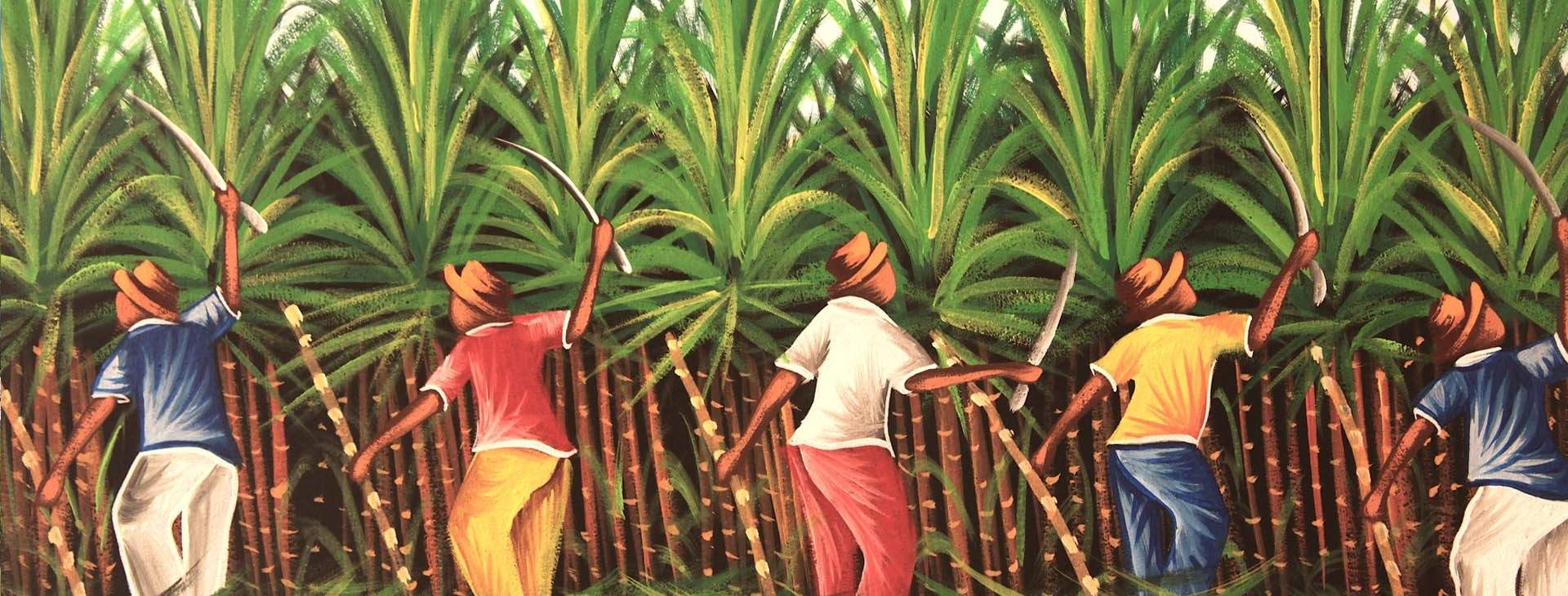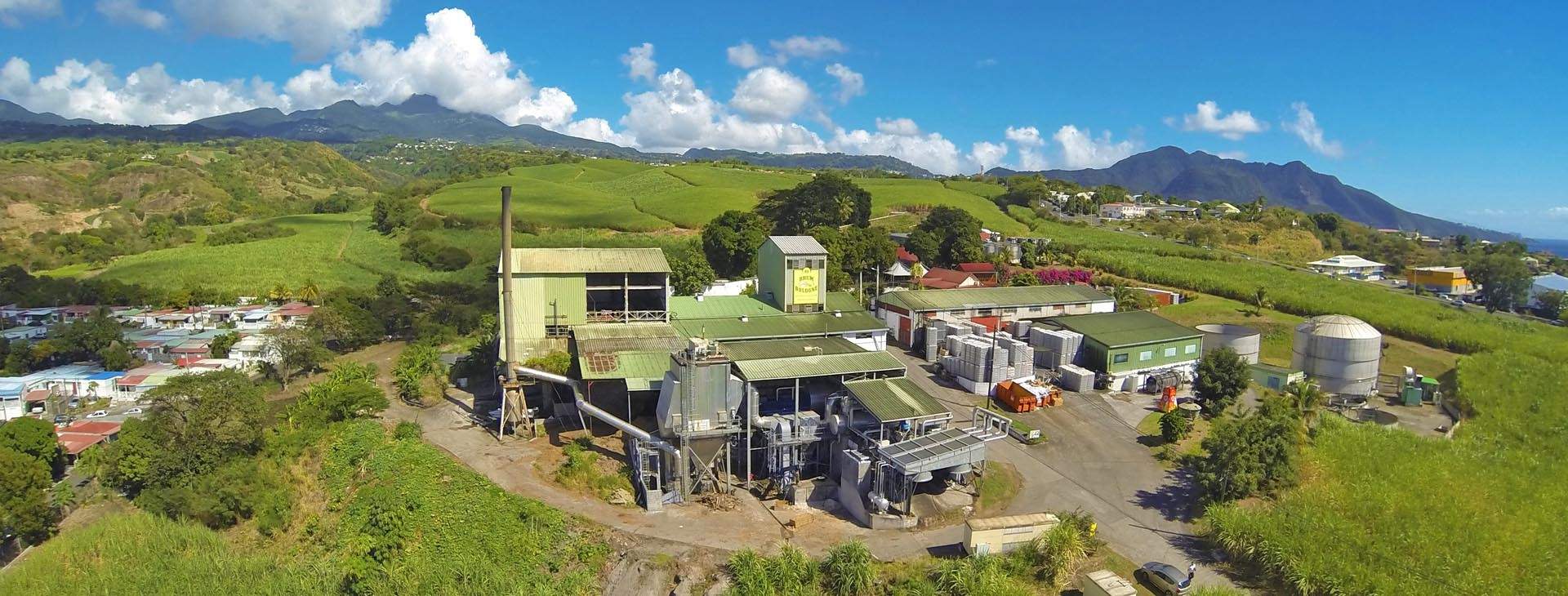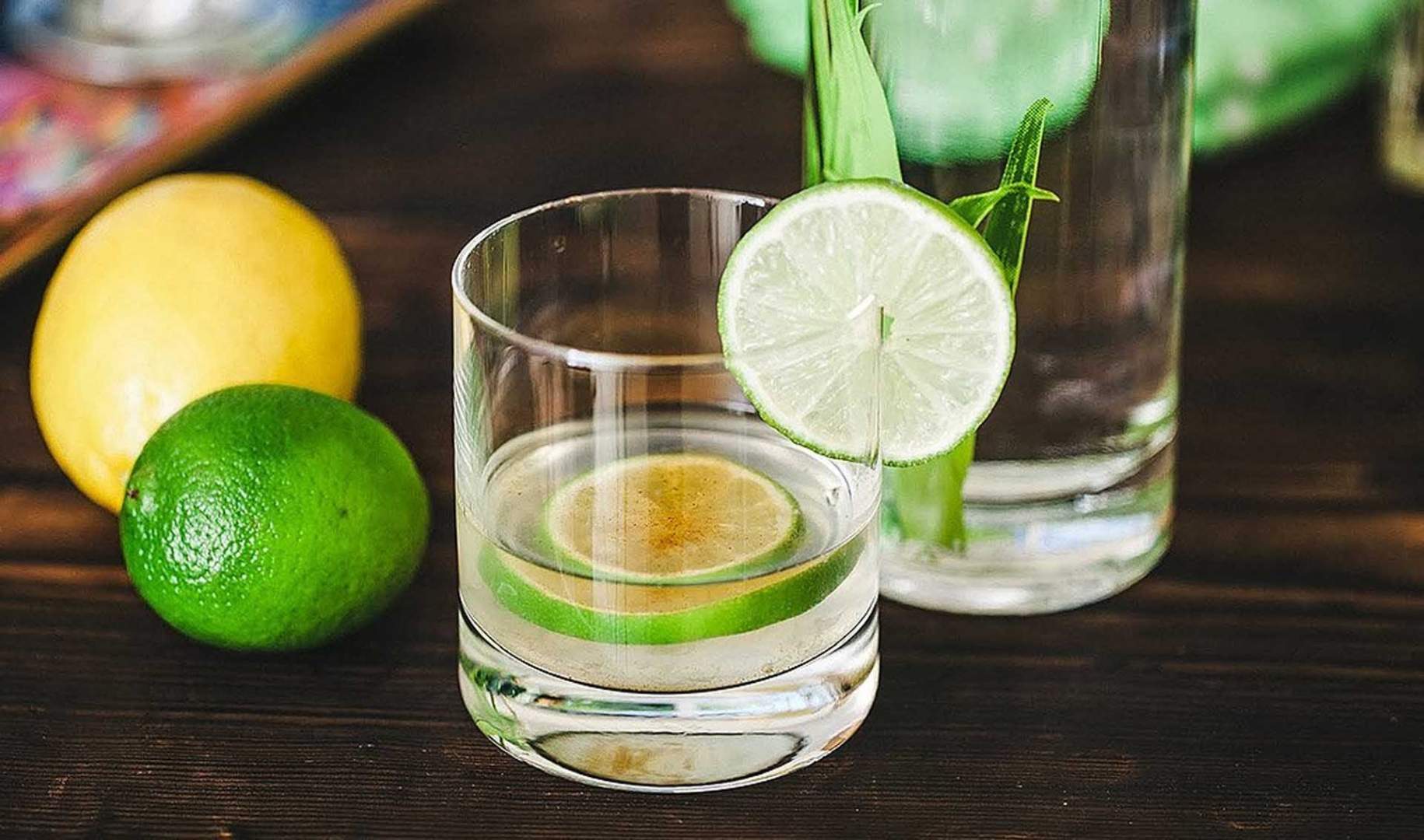Introduction to Guadeloupean rum
Are you a travel-junkie, a history lover, or a rhum connoisseur? Any of these three will lead you to the conclusion: you cannot leave Guadeloupe without discovering its unique rum.
Martinique and Guadeloupe have been competing to have the best rum in the Caribbean. These French islands produce some of the most flavorful and authentic close-to-the-soil distilled spirits available anywhere. We will introduce you to the history of rum production in Guadeloupe and even reveal you some secrets along the way.
Guadeloupe’s history is strongly connected to the cultivation of sugar cane, looking back to 3 centuries. In 1635, French settlers were able to colonize the island. The economic growth started with the plantation of coffee, tobacco and sugar cane, and the increasing, mainly European consumption demanded more. Therefore African slaves were brought in to raise productivity and to cope with the increasing amount of work.
Slavery in the Caribbean region made sugar cane to one of the most important crops in the world, and while fulfilling the increasing growth of export, the African slavery market simultaneously enlarged as well.
The Caribbean region, with its tropical climate is excellent for cultivating sugar cane. The fields are not over-exposed by the sun, and they receive enough rainfall as well. Most sugar cane fields in Guadeloupe are in the North of Grand Terre, and the flatlands of Basse Terre.

Rhum Agricole vs. Rhum Molasses
The main difference between the two types of rum manifests in the form of sugar cane used. Rhum Molasses (also called Rhum Traditionnel) is made from molasses, the byproduct of the sugar refinement process. Molasses is thick, rich and dark with a liquorice-like character. The spirit made from molasses is what most people think of rum – sweet and ‘rummy’ but more generally less punchy than rhum agricole. However, when aged these can develop into complex drinks, combining rich flavor from casks with different notes hidden in inside.
To create Rhum Agricole, manufacturers use freshly pressed sugar cane juice for fermentation and distillation. The process of production can take up about three years, while the rum is stored in stainless-steel barrels to reach a significant level of maturity.
Most rum producers agree on making the highest quality possible while keeping the authentic traditional production. There are nine rum distilleries at Guadeloupe; all of them are family-owned. The best time to visit is between February and June during the harvest season, when all factories are open, and welcoming visitors with tours around the plantation and the distillery, and introduce them to the know-how of manufacturing.
Six distelleries are at Basse-Terre and Haute-Terre:
- Bologne at Basse-Terre
- Montebello at Petit-Bourg
- Domaine de Séverin and Reimonenq at Sainte-Rose
- Damoiseau at Moule
- Longueteau at Capesterre-Belle Eau
Marie-Galante, one of the smaller islands of Guadeloupe, has three distilleries:
- Bellevue, the oldest on the island
- Bielle
- Poisson-Père Labat

Distillerie Bologne: The oldest distillery of Guadeloupe
Founded by a French protestant family, Distillerie Bologne started to operate in the 17th century as a sugar factory and was turned into a distillery in 1887. Their secret technique of production lies in a low-temperature distillation: the rum is kept as low as 55 to 60 Celsius. Thanks to this the flavor of the cane juice is more dominant and outstanding.
Since 2014, the Bologne distillery has undergone a major revival. There has been a very significant expansion of their rum selection including the launch of many innovative spirits like the Black Cane rum that helped the brand expand its premium product line. This limited edition is made from the unique black cane that grows only on volcanic soil.
Museum of Rhum / Musee du Rhum: an eclectic experience, not only about rum
When in Sainte-Rose, make sure to visit the Museum of Rum and immerse in the history of cultivating sugar canes, and the process of rum production. Tools and machinery are reminding on how rum was made in old times, leading through centuries of manufacturing towards today’s success. The guests of the museum are invited to a little self-served rum tasting to make the most of their visit.
Besides the rum exhibition, the museum gives a home to an extensive collection of butterflies and insects. The 5000 displayed species offer a particular experience, something you would not like to miss out.
Reimonenq Distillery is the direct neighbor to the museum, and a great opportunity to continue the rum discovery tour at one of the manufacturers.
Learning more about rum-making not only gives you an insight into the history and make you understand authentic Guadeloupean traditions, but it is an excellent program alternative complementing an island hopping, scuba dive or a lazy day at the beach.
Can’t go home without trying Ti' Punch
Ti' Punch is the local aperitif, no wonder that it is one of the first local specialties, any traveler of Guadeloupe will come across. The national cocktail is as easy to make as it is to drink, using just three ingredients, including the island’s native spirit, rhum agricole. mixed with cane sugar and lime. Women like to drink an alternative, called Coco Punch as well.
